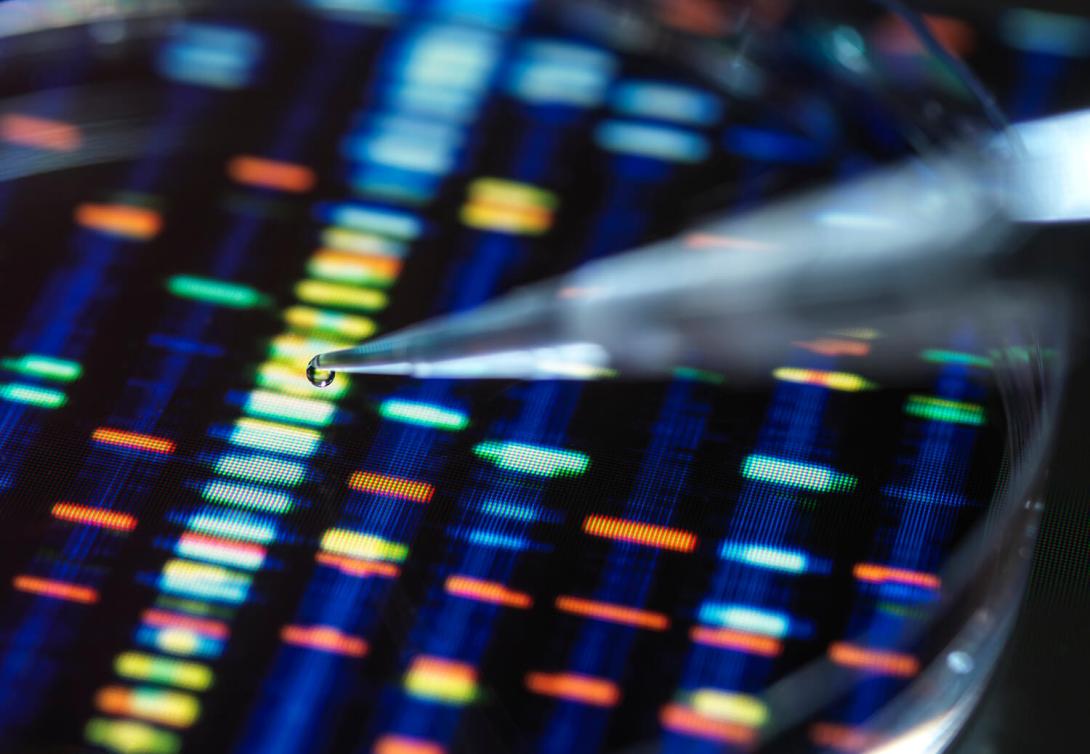The goal of the National Heart, Lung, and Blood Institute’s (NHLBI) TOPMed program is to generate scientific resources that improve the understanding of heart, lung, blood, and sleep disorders and advance precision medicine. Precision medicine is an emerging approach to disease prevention and treatment that considers each patient’s unique genes and environment.
The TOPMed program collects whole-genome sequences and other -omics data. In biology, -omics refers to measurable differences or changes in biological molecules, such as genes, metabolites, proteins, and RNA. TOPMed integrates -omics data with molecular, behavioral, imaging, environmental, and clinical data from diverse participants in NHLBI’s population and epidemiology studies. Integrating genomic and -omics data from diverse populations supports researchers in their search for scientific discoveries by expanding their analyses and identifying factors that increase or decrease the risk of disease, identify subtypes of disease, and develop more targeted and personalized treatments.
The TOPMed program is an important part of NHLBI’s efforts to harness data science to drive precision medicine. As part of its role in NHLBI’s broader precision medicine landscape, TOPMed makes its genomic data and the pre-existing parent study phenotypic data available in the NHLBI BioData Catalyst® (BDC) ecosystem to researchers granted access through the NIH Database of Genotypes and Phenotypes (dbGaP). BDC is a cloud-based ecosystem providing tools, applications, and workflows in secure workspaces where researchers can find, access, share, store, and compute on data that are hosted in the ecosystem or that researchers bring to it.
The TOPMed program also complements the NIH All of Us Research Program, which is an effort to gather data from one million or more people living in the United States to accelerate research that may improve health.
TOPMed has contributed to research published in almost 150 publications and posted over 200 abstracts at numerous professional meetings.





